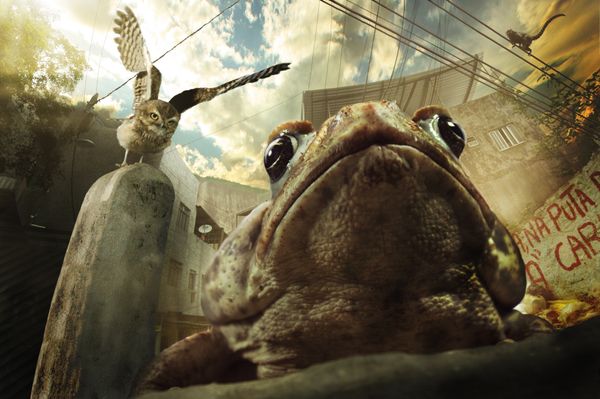Scientists say that species are now going extinct at a greater rate than at any time in history. While there are a number of causes of extinction, from habitat destruction to climate change, the introduction of invasive species has long been a prime reason, and it's no different today. An invasive species is one that has been brought into an environment where it doesn't live naturally and where it causes harm to the local environment, economy or human health [source: IUCN "Invasive"].
The International Union for Conservation of Nature — the organization that tracks the conservation status of plants and animals and ranks animals as threatened, endangered or safe — produces the Red List, the bible for data on endangered species. One pair of scientists looked specifically for extinctions caused by invasive species. They found that of 170 extinct animal species with a cause of extinction listed, invasive species were a contributing factor in 91 species and the only factor in the extinction of 34 species [source: Clavero].
Advertisement
Invasive species may be the top cause of extinction in island ecosystems today [source: Clout]. In fact, the concern over invasive species is so great that the United Nations has issued guidelines for minimizing the risk. It cites exotic pets that are either released or escape and species used as live bait as two of the main contributors to species extinction [source: IUCN "United Nations"]. The common earthworm, for example, is used as fishing bait but is also considered a threat to forest ecosystems.
According to National Geographic, some of the species that have gone extinct due to invasions include:
- the Yunnan lake newt, which went extinct in China in 1979 in part due to exotic fish and frogs in their habitats
- the Hawaiian thrush, which went extinct by 1985 in part due to invasive predators
- the Guam broadbill, a bird that went extinct when the brown tree snake was introduced to its habitat in 1983
Given concerns over whether we're in the midst of another mass extinction, keeping invasive species from destroying native plants and animals is an important step in the conservation of life forms on our planet.
Advertisement

